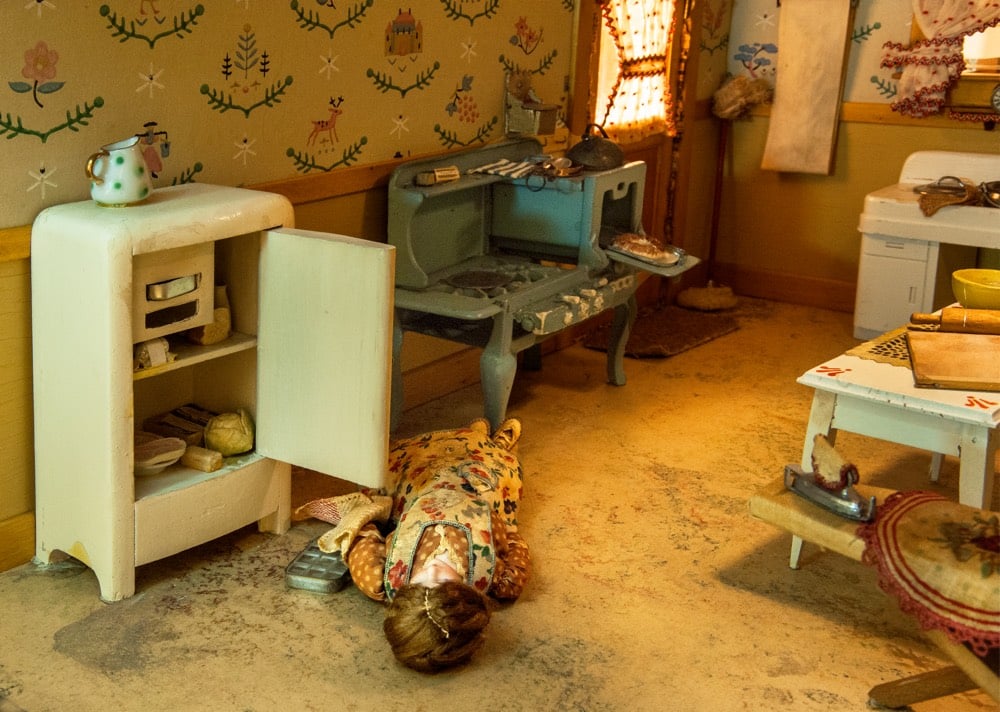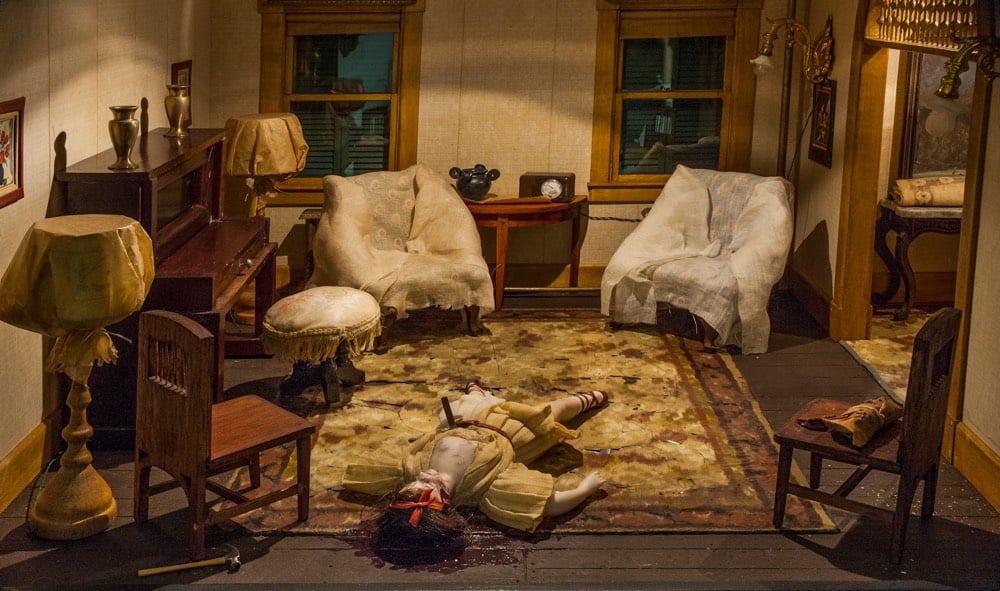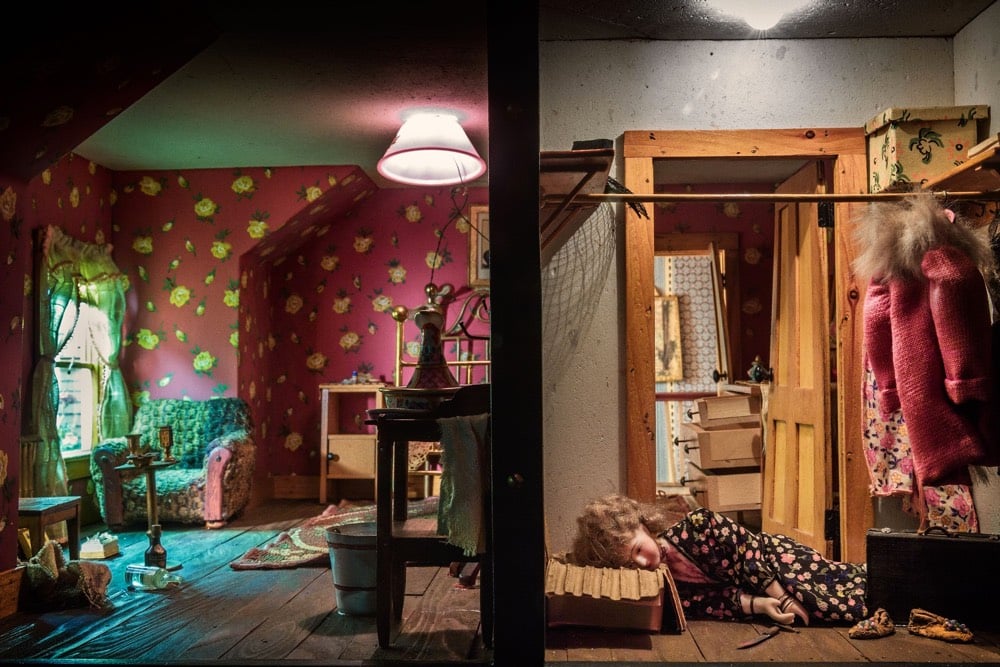The Mother of Forensic Science and Her “Nutshell Studies of Unexplained Death”
(Note: This post contains images of simulated crime scenes.) Frances Glessner Lee is known as “the mother of forensic science” for her role in revolutionizing how crimes were investigated. Starting in the 40s and using her skills in making miniature models that she learned as a young girl, Lee built detailed and intricate crime scene dioramas to help train homicide investigators to properly investigate and canvas a crime scene. From a Smithsonian exhibition of Lee’s work:
At the time, there was very little training for investigators, meaning that they often overlooked or mishandled key evidence, or irrevocably tampered with crime scenes. Few had any medical training that would allow them to determine cause of death. As Lee and her colleagues at Harvard worked to change this, tools were needed to help trainees scientifically approach their search for truth. Lee was a talented artist as well as criminologist, and used the craft of miniature-making that she had learned as a young girl to solve this problem. She constructed the Nutshells beginning in the 1940s to teach investigators to properly canvass a crime scene to effectively uncover and understand evidence. The equivalent to “virtual reality” in their time, her masterfully crafted dioramas feature handmade objects to render scenes with exacting accuracy and meticulous detail.
Every element of the dioramas — from the angle of minuscule bullet holes, the placement of latches on widows, the patterns of blood splatters, and the discoloration of painstakingly painted miniature corpses — challenges trainees’ powers of observation and deduction. The Nutshells are so effective that they are still used in training seminars today at the Office of the Chief Medical Examiner in Baltimore.
Here are some images of Lee’s surviving dioramas (found here):



In a video about the Smithsonian exhibition, curator Nora Atkinson explains that it shows how Lee “co-opted traditionally feminine crafts to advance the male-dominated field of police investigation”:
See also this Vox video about Lee’s work, which goes into detail about the evidence at a couple of the crime scenes:





Stay Connected